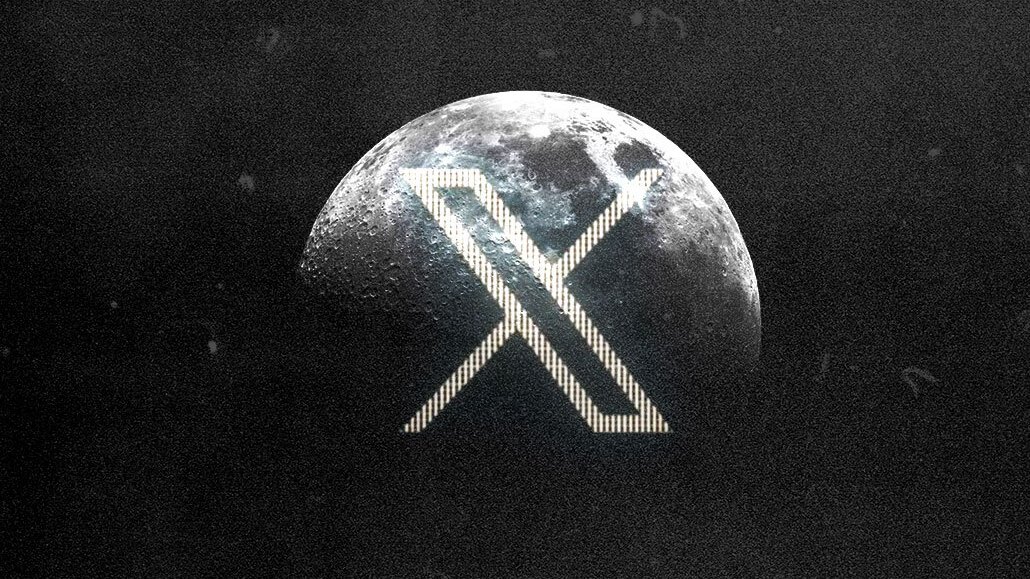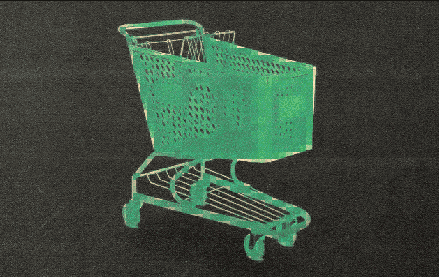Join us Dec. 1-3 in New Orleans for the Digiday Programmatic Marketing Summit
Inside X’s latest efforts to make advertisers believe it’s a platform that’s safe for brands

X, formerly Twitter, is once again telling advertisers it’s serious about brand safety.
Cue the eye rolls and déjà vu from marketers who’ve been on this merry-go-round since Elon Musk’s reign began in 2022. They’ve weathered broken promises and watched a parade of safety heads come and go. It’s no wonder they’re skeptical about considering this platform a safe haven for their ads.
But maybe — just maybe — there’s a glimmer of hope on the horizon. It appears X is making some genuine strides in the realm of brand safety. Could this be the turning point everyone’s been waiting for? Only time will tell.
The latest (hopefully permanent) new hires
Working on the brand safety team at X is perhaps one of the most unpredictable roles in advertising. Landing the job is one challenge, but retaining it is another, given the constant turnover observed in the safety team over the past 18 months or so.
Yoel Roth, who was Twitter’s senior director and head of trust and safety, quit in November 2022, shortly after Musk bought the business for a hefty $44 billion. His replacement, Ella Irwin who had been bumped up to Roth’s role from vp of product — trust and safety, resigned seven months later in June 2023. Irwin was followed a day later by AJ Brown, who had assumed the role of head of brand safety and ad quality around the time Roth left seven months prior. Even Elyana Thierry, who had apparently been X’s global head of brand safety from June 2023 according to her LinkedIn profile, quit after three months to join Spotify — albeit there’s never been any official announcements about her from the business.
That said, things seem to be a bit more stable now. According to LinkedIn, there are currently 37 employees with “safety” in their job title. Plus, X made a big announcement last week (April 2) that Kylie McRoberts is taking the helm as head of safety.
She remains somewhat of a mystery, as her X profile is private and her LinkedIn profile has seemingly been deleted. However, the company’s article shed some light on her past achievements at the platform. It noted McRoberts’ leadership in initiatives aimed at enhancing transparency in moderation practices through labeling, bolstering security with passkeys and establishing its new Safety Center of Excellence in Austin.
Joining McRoberts’ team is Yale Cohen who steps in as the head of brand safety and advertiser solutions, who is tasked with ensuring “a safe advertising experience for customers and brands on X”, per the company’s article. Sources indicate that Cohen will make his official entrance later this month, moving from Publicis, where he was evp global head of digital standards.
Cohen not only spent eight years in a dedicated brand safety function on the agency side, he also sat on a working group within the American Association of Advertising Agencies (The 4As), where he was considered the most critical about the conduct of the big platforms.
Brand safety efforts and certifications
When Linda Yaccarino left NBC to become the CEO of X last summer it was meant to be a boon for the platform’s brand safety credentials. But just three months after her arrival, X’s two brand safety certifications were already being called into question.
Trustworthy Accountability Group (TAG)’s CEO Mike Zaneis confirmed to Digiday last September that it was investigating the company, after receiving a formal complaint from Check My Ads about the platform. After a long dialogue with the team, fast forward to March 2024, and it appeared that the platform is no longer brand safety certified by the nonprofit.
“We were going through a remediation process with X to get them back into compliance, but the clock ran out on their certification,” Zaneis told Digiday last week. “So they did not complete that audit or file their recertification application. And you have to do a new audit every 12 months for it to be current.”
However, the indifference toward these credentials seems to have waned.
“We have been in communication with senior levels within X and they have every intention of coming back into certification,” added Zaneis. “And we’re committed to working with them to try to make that happen.”
Which is why the platform asked TAG to include a statement on its TAG member registry page which reads: “X, as a new company, is currently undergoing the certification process to achieve the TAG Brand Safety Certified seal”.
“They [X] have approached us to reset the relationship and begin the audit process anew, under their updated brand safety practices and we welcome that,” Zaneis continued. “They will have to meet all of our new requirements that came into effect in March for companies getting certified. And we are working with them and their auditor right now.”
One key requirement to become brand safety certified by TAG is for a company to have a TAG compliance officer internally — a go between, if you will, between TAG and the business, which is where X severely struggled last year on account of having no proper safety team. But the app’s latest hires are already proving to be a good move.
“Kylie [McRoberts] is their [X’s] TAG compliance officer and is very involved,” Zaneis said, adding that she has been working with TAG on this for about the past six months. “And we know Yale [Cohen] from his years at Publicis, so I expect we will engage with him quite a bit in the future once he’s onboarded.”
And how long will it take? Zaneis explained that typically between 30 to 60 days is about the fastest timeframe to achieve TAG’s brand safety certification. “It’s a big company and there’s a lot going on at that platform,” he said. “X is motivated and moving quickly, and they’re going to move as fast as they can, but it’s not going to happen in a matter of a few weeks.”
And then there’s X’s accreditation from the Media Rating Council (MRC).
The organization’s CEO and executive director George Ivie confirmed to Digiday last September that the text-based app’s accreditation had been delayed, following the completion of its pre-assessment in December 2022. But by November 2022 X had completely opted out of the process citing existing resource constraints and ongoing technological challenges.
While nothing official is happening with MRC just yet, it doesn’t mean there won’t be. An MRC spokesperson confirmed to Digiday last week that X has been in contact with the nonprofit, though did not disclose what that conversation was about.
“We are open to re-engaging, as we believe it would be a good thing for them [X] to move forward with the MRC accreditation process,” said Ivie.
The situation is peculiar, primarily because X can’t piggyback off the TAG audit for MRC accreditation. Companies are only allowed to use an MRC independent audit in the context of TAG certification, not vice versa. This means X will likely face a doubly costly and time-consuming process to obtain both accreditations.
At this stage, do advertisers even care anymore?
While Musk, Yaccarino and co. still state that advertisers are returning to the platform and revenue is going up, the numbers still tell a different story.
Between February 2023 and January 2024, X only accounted for 3% of global ad spend, while ad revenue for the platform decreased by 64% in that same time period, according to data from Guideline.
So even if advertisers are coming back, they still aren’t spending anywhere near the amounts they were during the platform’s pre-Musk era.
X did not respond to Digiday’s request for comment.
More in Marketing

Walmart, Target, Kroger swap name brands for private labels in Thanksgiving meal deals
Walmart’s website says its meal costs 25% less than the basket it offered last year, and that the turkey was at the lowest price since 2019.

Amid search wars, Google touts YouTube, display inventory to advertisers
Google is pushing Demand Gen and YouTube to ad partners, hedging against the inevitable erosion of its search business by AI chatbots.

Future of Marketing Briefing: The agentic turn inside programmatic advertising
The arrival of the Agentic RTB Framework this week lands as this week lands as the third agentic standard in under a month.








